Badfail@qq.com ransomware Uninstallation: Effective Way To Delete Badfail@qq.com ransomware Instantly
Infections similar to Badfail@qq.com ransomware| Ransomware | HCrypto Ransomware, .letmetrydecfiles File Extension Ransomware, LockLock Ransomware, Decryptallfiles@india.com Ransomware, KillDisk Ransomware, APT Ransomware, Thedon78@mail.com Ransomware, YafunnLocker Ransomware, CrypMIC Ransomware, Cyber Command of Illinois Ransomware, CryptoBit Ransomware, .ezz File Extension Ransomware, Kasiski Ransomware |
| Trojan | Trojan.Win32.Buzus.bumi, Trojan.Win32.Inject.aipt, VBInject.gen!HP, New Malware.h, Spammer.Fbphotofake.A, YAT, Trojan.Danmec, Trojan.Downloader.Horst.R, MonitoringTool:Win32/StealthKeylogger, I-Worm.Kazus.b, Injector.gen!BH, I-Worm.Merkur.a, VirTool:WinNT/Xiaoho |
| Adware | Links, MoneyGainer, Gator, Adware.Browsefox, ABetterInternet.G, PremiumSearch, Adware:Win32/Vidsaver, Adware.DiscountDragon, Virtumonde.qqz, HungryHands, Adware.404Search, Adware.Dealio.A |
| Browser Hijacker | CoolWebSearch.cpan, Govome Search, Asafetyproject.com, ClearX, Rtsantivirus2010.com, Searchinonestep.com, Awarninglist.com, CoolWebSearch.image, Milesandkms.com |
| Spyware | BitDownload, ISShopBrowser, TorrentSoftware, RankScan4.info, Kidda Toolbar, SearchTerms, ErrorKiller, Think-Adz, IEAntiSpyware, Tool.Cain.4_9_14, Worm.Zlybot, Adware.HotSearchBar |
Delete Badfail@qq.com ransomware Easily From The Operating System
The cyber Hackers have programmed this Badfail@qq.com ransomware Operating System malware to take benefits from the innocent user. After the infiltration of such harmful threat the functionality of the Operating System will completely compromised. Along with this Badfail@qq.com ransomware many other harmful threat will be invited to create more damage to the Operating System. It will immediately open a backdoor which allow the remote hacker to sneak into the Operating System and steal all the private information from the Operating System.
Information like, Browser History, Operating System ID and password, Full Operating System configuration and even install keylogger to your infected Operating System. Over and over unwanted redirection will make you redirect, as to bring more threat this Badfail@qq.com ransomware will open multiple of phishing website which bring harmful Operating System malware. Because of this harmful and malicious activity you must not delay to Delete such harmful threat from the infected Operating System. The earlier you Delete the threat the less you will suffer.
Part 1 : End Badfail@qq.com ransomware Related Task/Process From Windows Task Manager
Part 5 : Start Your Operating System in Safe Mode With Networking
Part 1 : End Badfail@qq.com ransomware Related Task/Process From Windows Task Manager
- First Open The Task Manager. You can do it in 2 way.
- Right Click on Task Bar and the select Task Manager.

- You can also Press ALT+Ctrl+Del to Start Task Manager.
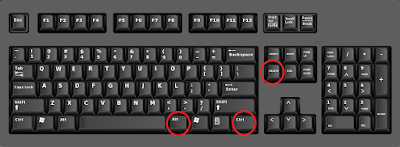
- When the Task Manager Windows will open you have to go to Process Tab.
- On Process Tab select Badfail@qq.com ransomware related process and then click on End Process.

- Also go to the Task Tab and select the malicious task running On Windows system then click on End Task.
Part 2 : Delete Badfail@qq.com ransomware From Control Panel On Windows System
Delete Badfail@qq.com ransomware From Windows 10
- Click on Start Menu then go to Settings option to choose System Option.
- Here on Settings panel choose System option >>> select Apps and Features option.

- On App and Features Panel Find Badfail@qq.com ransomware >>>> then press Delete option.
Delete Badfail@qq.com ransomware From Windows 8
- On Windows 8 press Win+R button to open Run Box.
- Type control panel and hit Enter button on search box.
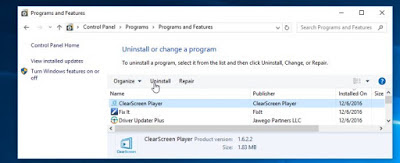
- On Control Panel Windows select Delete a program.
- Find Badfail@qq.com ransomware and click on Delete.
Delete Badfail@qq.com ransomware From Windows 7
- Press Windows Button to open All program list on Windows 7.
- From All Program List select Control Panel Option.
- Or Press together Win+R button.

- The select Programs menu again click on Uninstall a programs.
- Select the program which want to Delete then click on Delete icon.
Delete Badfail@qq.com ransomware From Windows XP
- Open Start menu then select Control Panel on your Windows XP.
- On Control Panel windows click on Add or Remove programs option.
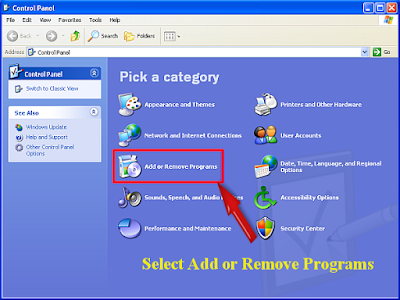
- A list of installed program will appear.
- Now from this list find Badfail@qq.com ransomware >>> the click on Delete option.
Part 3 : Delete Badfail@qq.com ransomware From Web Browser
Delete Badfail@qq.com ransomware From Microsoft Edge
- Click on More (...) icon on your Edge Browser.
- To Set a URL click on A specific page or pages option.
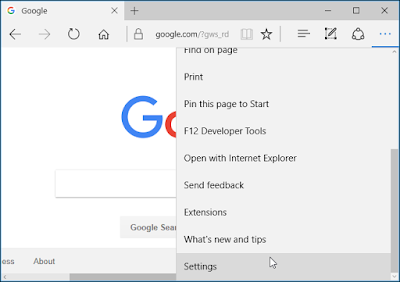
- Type the URL of the page on the Custom Option.
- Restart your Microsoft Edge Browser to Set the change.
Delete Badfail@qq.com ransomware From Mozilla Firefox
- To open browser menu >>> click on Setting icon (top right corner).
- Now select Add-ons .
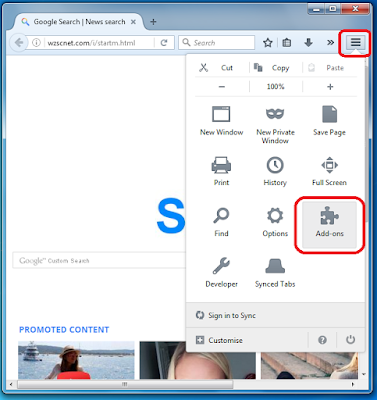
- On Add-ons Manager tab select Extensions or Appearance panel.
- Find Badfail@qq.com ransomware to Delete it then click on the Delete button or Trash option.

- Restart your Mozilla Firefox to see the change.
Delete Badfail@qq.com ransomware From Google Chrome
- Click on 3 line icon (top right corner) to open Chrome menu.
- Now click on the Tools option from drop list.
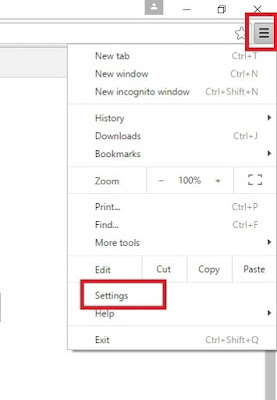
- Select Extension and select all unwanted installed extensions.
- Click on trash icon to Delete Badfail@qq.com ransomware from Google Chrome.
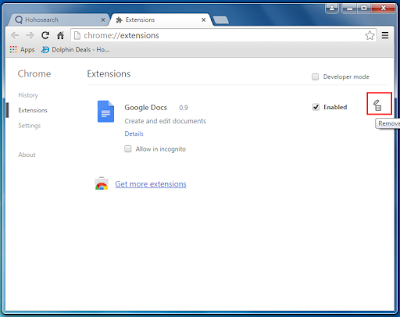
Delete Badfail@qq.com ransomware From Internet Explorer
- To open Tool Option Press Alt+T buttons.
- Also to open Tools option click on Gear Icon from the right-top corner.
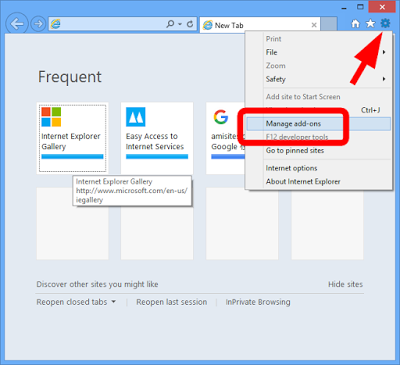
- Click on Manage Add-ons option then select Toolbars and Extensions tab.
- Find Badfail@qq.com ransomware and related add-ons then Click Disable.
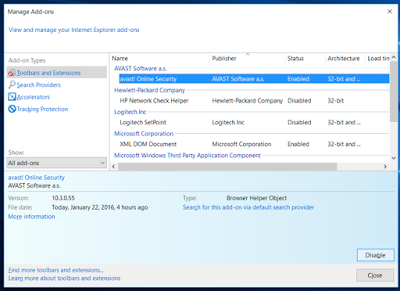
- Finally click on Delete button.
Part 4 : Delete Badfail@qq.com ransomware From Registry Editor
- Type regedit and hit Enter or Press OK on RUN command to open Windows Registry Editor.
- On the Windows Registry Entry Press CTRL+F key to enable search box.
- Find Badfail@qq.com ransomware and Delete all related registry files of it.

HKEY_LOCAL_MACHINEOperating SystemCurrentControlSetServicesWpm
HKEY_CURRENT_USERSoftwareMicrosoftInternet ExplorerMain Default_Page_URL
HKEY_LOCAL_Machine\Software\Classes\[Threat name]
HKEY_CURRENT_USER\Software\Microsoft\Windows\CurrentVersion\Run .exe
HKCU\Software\Microsoft\Windows\CurrentVersion\Internet Settings\random
HKEY_LOCAL_MACHINE\SOFTWARE\Microsoft\Windows\CurrentVersion\run\random
HKEY_CURRENT_USER\Software\Microsoft\Windows\CurrentVersion\Internet Settings
Part 5 : Start Your Operating System in Safe Mode With Networking
Delete Badfail@qq.com ransomware For Windows 8/10
- Click on Start Menu, hold Shift key and the press Restart button.
- In next Window select Troubleshoot option.
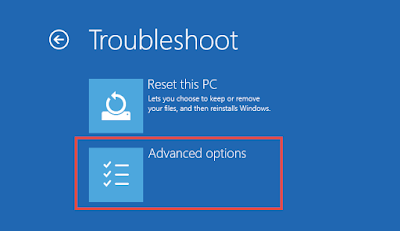
- Again click on Advanced Options.
- Here select the Startup Settings option.
- Select Enable Safe Mode option then click on Restart button.
- Now Press F5 button for Enabling Safe Mode With Networking option.

Delete Badfail@qq.com ransomware For Window XP/Vista/7
- Restart your Operating System to open in Safe Mode.
- Click Start Menu >> select Restart option.
- Simultaneously hit F8 button while the Operating System start booting.

- Here you will get Advance boot menu.
- In this Advance boot menu then select Safe Mode With Networking Option.
- To open Operating System in Safe Mode With Networking press Enter button.



No comments:
Post a Comment